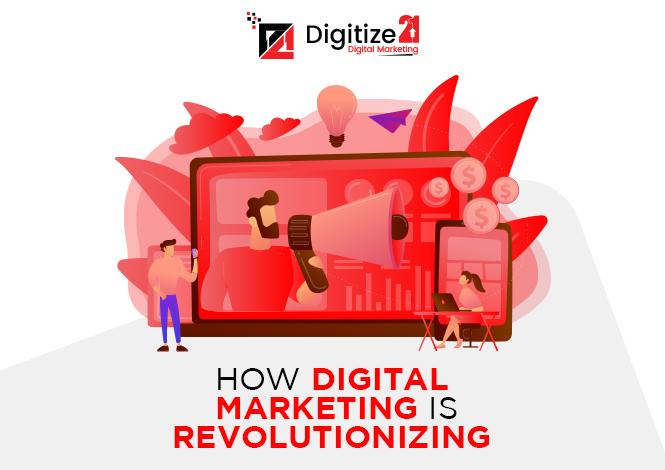In 2023, influencer marketing is evolving rapidly, adapting to the ever-shifting digital terrain. Brands are waking up to the profound influence influencers have on reaching and engaging their target audiences. In this blog, we’ll delve into the latest trends and strategies in influencer marketing as we navigate through the year 2023.
1. The Emergence of Nano-Influencers
Forget the big names for a moment; 2023 is all about nano-influencers. These are folks with smaller but incredibly engaged and niche followings. Nano-influencers often share a closer connection with their audience, leading to higher levels of trust and authenticity. Brands are recognizing the potential of collaborating with nano-influencers to tap into these tight-knit communities.
2. Authenticity is Non-Negotiable
Authenticity isn’t just a buzzword anymore; it’s the backbone of influencer marketing. Today’s audiences can spot inauthentic content from a mile away. To succeed, influencers must genuinely believe in the products or services they endorse. Brands are leaning towards long-term partnerships with influencers who share their values and maintain a consistent authentic tone.
3. Video Content Reigns Supreme
Video content continues to wear the crown in 2023. Short-form video platforms like TikTok are hotter than ever, and influencer marketing on these platforms is booming. Brands are teaming up with influencers to create engaging and entertaining video content, often in the form of challenges, tutorials, and exclusive behind-the-scenes peeks.
4. Sustainability and Social Responsibility Matter
Consumers are more socially and environmentally conscious than ever, and they expect the same from the brands they support. Influencers who champion sustainability and social responsibility are gaining traction. Brands are looking for influencers who align with their ethical values and are weaving sustainability into their influencer campaigns to connect with socially conscious consumers.
5. The Metaverse and Virtual Influencers
The metaverse is on the horizon, and influencer marketing isn’t far behind. Virtual influencers, AI-generated characters, are making their debut. Brands are dipping their toes into the metaverse, collaborating with virtual influencers to create unique and immersive experiences for their audiences.
6. Inclusive and Diverse Representation
Inclusivity and diversity aren’t just buzzwords in 2023; they’re integral to influencer marketing strategies. Brands are making a conscious effort to partner with influencers from diverse backgrounds to better represent their varied customer base. This inclusivity fosters a sense of belonging and opens up new market segments.
7. Data-Driven Insights
Influencer marketing is no longer guesswork. Brands are harnessing advanced analytics tools to track the ROI of their influencer campaigns. This data-driven approach helps identify the most effective influencers, content, and platforms, leading to more efficient spending and better outcomes.
8. Ephemeral Content and Stories
Ephemeral content, like Instagram Stories and Snapchat, remains a valuable tool in influencer marketing. These fleeting posts create a sense of urgency and exclusivity, driving engagement and immediate action. Brands leverage influencer stories to showcase their products or services in a real-time, authentic manner.
9. The Regulatory Landscape
As influencer marketing matures, regulations are catching up. In 2023, we anticipate more rules governing influencer partnerships and disclosures. Brands and influencers must stay compliant with these regulations to maintain trust with their audiences.
10. Virtual Try-On Experiences
Virtual try-on experiences, particularly in beauty and fashion, are making waves. Influencers partner with brands to create virtual makeup or clothing try-ons, allowing consumers to visualize products before making a purchase. This interactive approach elevates the shopping experience and fosters trust.
11. AI-Powered Influencer Matching
Artificial intelligence plays a pivotal role in influencer marketing. AI algorithms help brands identify the most suitable influencers by analyzing audience demographics, engagement rates, and past performance. This ensures that brands collaborate with influencers who align best with their campaigns.
12. Long-form Content and Thought Leadership
While short-form content grabs the spotlight, long-form content still has a place in influencer marketing. Influencers are using platforms like LinkedIn to establish themselves as thought leaders in their industries. Brands are recognizing the value of long-form content in building authority and trust.
Conclusion
In 2023, influencer marketing continues to flourish and adapt to the ever-changing digital world. Nano-influencers, authenticity, video content, sustainability, and inclusivity are driving the industry forward. As technology and consumer expectations evolve, brands and influencers must remain agile and embrace these trends to create impactful influencer marketing campaigns. Influencer marketing isn’t a trend anymore; it’s a pivotal part of a brand’s marketing strategy



